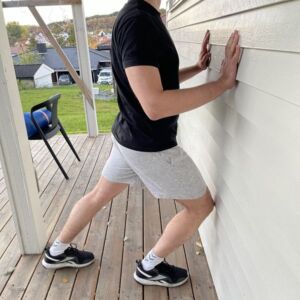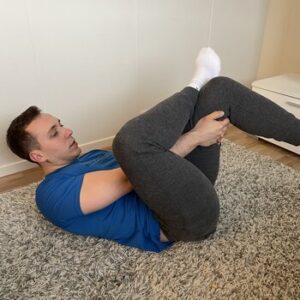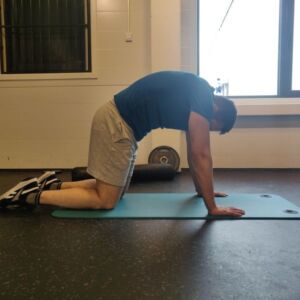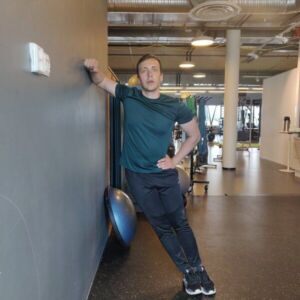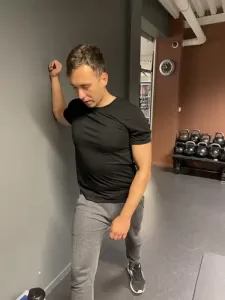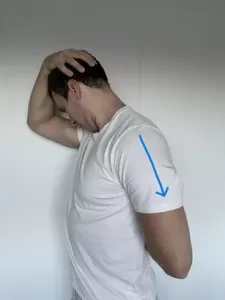Stretching for Seniors to Improve Posture: The Complete Guide
As we age, maintaining good posture becomes crucial for overall health and confidence. Natural changes in our bodies can lead to posture challenges, but with the right stretching exercises, seniors can effectively combat these issues.
This guide offers a comprehensive look into stretching exercises for seniors to improve posture.
Dive in to discover how to stand tall and proud during the golden years.
What Muscles Should You Stretch As Senior
Some muscles in our body are prone to tightness, while other muscles are prone to weakness. Knowing this, we can focus more on stretching the rigid area in our body.
Let me explain in more detail.
Starting from the lower body first. You want to focus on improving the flexibility/mobility of the following areas and movements:
- Ankle dorsal flexion – which means you should stretch gastrocnemius, soleus and tibialis posterior muscle.
- Knee extension – which means you should keep your hamstrings flexible.
- Hip rotation – main focus is on stretching the glutes.
Moving next to the upper body. Here is how to choose the best stretches as a senior who wants to improve posture.
- Trunk rotation – stretching muscles like obliques, quadratus lumborum and thoracolumbar fascia is helpful to increase ROM in trunk rotation.
- Thoracic extension – tightness in muscles like pectoralis minor and lats can lead to less upper back mobility.
- Head and neck rotation and side flexion – stretching the trapezius muscle is essential for seniors to improve neck posture and relieve the stress and tension in their body.
Now let me show you the best stretches for improving posture as a senior.
Stretching for Seniors to Improve Posture: 7 Easy Stretches
Stand facing a wall with your hands on a wall at a shoulder height.
Step forward with one leg and slightly bend your forward leg.
While keeping the heel of your back leg on the ground and knee straight, lean forward with your body.
You should feel the stretch in the calves of your back leg.
Hold this position for 30s.
Sit on a ground with your straight legs.
Bend your legs gently and grasp your shins with your hands and lean forward with your upper body.
Then press down your knees, towards the ground, increasing the stretch in your hamstrings.
After you’ve found the appropriate stretching intensity, hold this position for 30s.
Lay down on your back. Place your ankle on the opposite knee. Grasp your knee with your hands, and pull your knees towards your body.
Feeling the nice stretch in the glute region and holding this position for 30s will do wonder for hip flexibility.
Place your knees and hands on a floor, keeping your spine in a neutral position.
Then lift your middle back upward and tuck in your chin.
Repeat this movement 10-15 times.
Stand side-facing a wall and place one underarm on the wall.
Then move your feet a bit away from the wall.
Lean gently with your hips towards the wall, increasing the stretch in your back.
Hold this position for 30s.
From a standing position, place your underarm on a wall while holding your shoulder externally rotated.
Step forward with the closest leg to the wall.
Then lean gently forward with your upper body.
Hold this stretch for 30s.
From a standing position, place one arm behind your back.
Grab your head with your other hand and gently push your head to the side and forward (neck flexion).
Hold this position for 30s to relieve the tension in the trapezius and levator scapulae muscle.
Takeaway
Aging is causing muscles to become less flexible, especially the calves, hamstring, glutes and neck muscles like trapezius and levator scapulae.
Stretching as a senior is a great way to improve posture, balance, and overall well-being.
You can perform these exercises whenever you feel you should stretch. Some prefer to start their day with a stretching session, but it’s really up to you.

